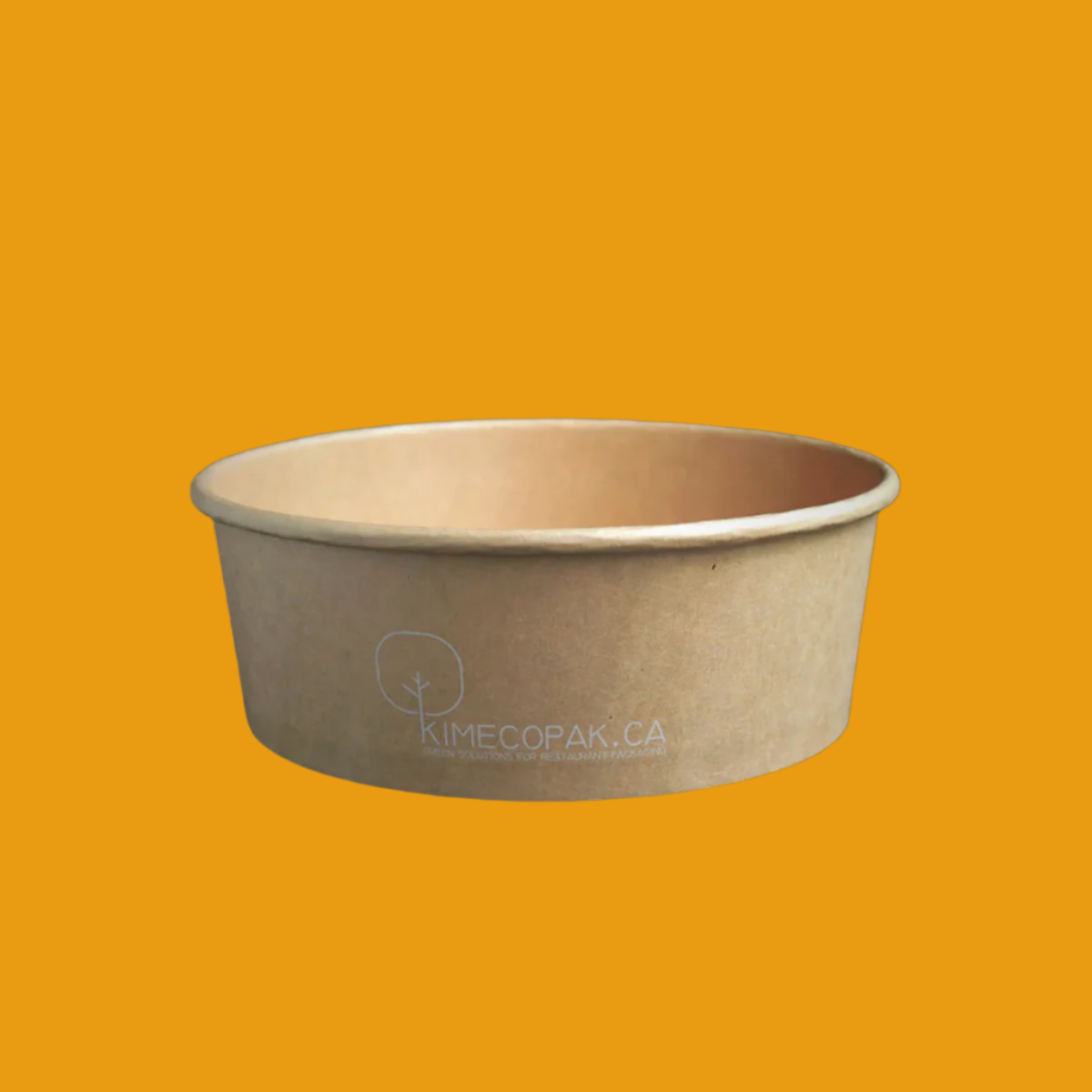Overview of a Restaurant Business Plan

What is a restaurant business plan?
A restaurant business plan is a formal document that outlines the overall vision, goals, and specifics of a restaurant venture. This plan serves as a roadmap, guiding the business from its conception through the early stages of operation. It typically encompasses aspects such as the restaurant's concept, menu items, target market, marketing strategies, operational procedures, and financial projections.
In the food and beverage (F&B) industry, a well-crafted business plan is particularly crucial for startups. It helps define the unique selling points of the restaurant and lays out how it intends to stand out in a crowded marketplace. By detailing every aspect of the business, from initial investment needs to projected revenues, the plan plays a vital role in mapping out a successful trajectory for the restaurant.
Why is a business plan necessary?
Creating a restaurant business plan is not just an academic exercise; it is a vital step in ensuring clarity and direction for your venture. Here are a few key reasons why business plan is necessary:
- Clarifies Goals: A business plan forces you to define what success looks like for your restaurant. Whether it’s achieving a specific profit margin or expanding to multiple locations, having clear goals keeps you focused.
- Outlines Strategies: The plan lays out the strategies that will help you achieve those goals. This includes marketing approaches, customer service standards, and operational processes.
- Financial Forecasts: A significant component of the business plan involves detailed financial forecasts. This includes startup costs, projected revenue, and break-even analysis. For anyone considering entering the restaurant industry, understanding the financial landscape is essential.
The process of writing a business plan can also encourage you to think critically about the elements that will make your restaurant successful, which can be valuable even before the first customer walks through the door.
Who is it for?
A well-crafted restaurant business plan is a crucial document that serves various stakeholders, including:
- Investors: Individuals or firms looking to invest money in a promising restaurant idea will require a detailed plan to understand the vision, goals, and financial projections.
- Banks: Institutions providing loans will need assurance that the business is viable, sustainable, and capable of repaying the borrowed funds.
- Partners: Whether bringing on a seasoned chef or a marketing expert, potential partners will need clarity on how the restaurant will operate and grow.
- Yourself: As the owner, the business plan acts as a roadmap. It helps you define your goals, stay organized, and measure your progress as you bring your culinary vision to life.
Key Components of a Small Restaurant Business Plan

Executive Summary
The executive summary provides a brief overview of your restaurant concept and business goals. This section should articulate what makes your restaurant unique, encapsulating the vision in a few compelling sentences. For instance, if you're opening a farm-to-table café, explain your commitment to sourcing local ingredients and how that supports both the community and your sustainability goals.
Company Description
In this section, you need to define your restaurant type, service style, mission, and values clearly. Are you planning to open a casual dining establishment, a fast-casual concept, or an upscale fine dining venue? Specify your service style—will it be table service, counter service, or maybe a hybrid approach? Articulating your mission and values not only guides your operations but also connects with your audience on a deeper level.
Market Analysis
A well-researched market analysis is fundamental to understanding your target customers and competitors. Who are your ideal customers? Conduct surveys or analyze existing market data to identify demographics such as age, income level, and dining preferences. Additionally, assess your competition by evaluating what similar restaurants in your area are doing well and identifying gaps in the market. This analysis will provide crucial insights to help position your restaurant effectively.
- Target demographics
- Current dining trends
- Competitive landscape
Sample Menu
Your sample menu showcases your restaurant’s culinary offerings and pricing strategy. Highlight the core dishes you plan to serve, providing a glimpse of the flavors and styles customers can expect. Include pricing that reflects your concept—whether it’s affordable casual fare or premium dishes. This section can also help you gauge cost-efficiency and align your pricing with your target market.
Marketing and Sales Strategy
An effective marketing and sales strategy details how you plan to attract and retain customers. Consider promotional activities like grand opening events or partnership promotions with local businesses. Identify branding channels, be it social media, local advertising, or cuisine-specific events, that resonate with your target audience. A well-defined customer acquisition strategy is essential for sustaining your business in the competitive restaurant landscape.
Operations Plan
This section outlines the daily processes, staffing needs, and supply chain logistics that will ensure your restaurant runs smoothly. Specify staff roles and responsibilities, and detail your hiring strategy, focusing on the skills and experience needed. Highlight your supply chain, particularly your sources for food and beverage, and any systems in place to maintain quality and freshness.
Financial Plan
Finally, the financial plan is perhaps the most critical component of the restaurant business plan. Here, provide a breakdown of your revenue forecasts, expected costs, and profit projections. Outline your startup costs including equipment, renovations, and initial inventory. Use realistic and well-researched numbers to present a comprehensive view of how you plan to financially sustain and grow your restaurant.
- Revenue projections
- Cost analysis
- Profit forecasts
Free Restaurant Business Plan Template Download

If you're looking to kick off your restaurant venture, starting with a solid business plan is essential. To assist you in this process, we have created a comprehensive restaurant business plan template that you can download for free.
This restaurant business plan template is designed to streamline your planning process, covering all critical aspects from concept development to financial projections.
How to use the template
Using the template is simple and straightforward. Follow these step-by-step instructions to customize it for your unique business needs:
- Download the Template: Start by downloading the business plan template from the provided link.
- Define Your Concept: Begin by detailing your restaurant’s vision, target market, and theme. What makes your restaurant unique?
- Conduct Market Research: Fill in the market analysis section with relevant data about local demographics, competitors, and trends.
- Outline Your Menu: Create a preliminary menu list that embodies your concept, taking care to include the types of cuisine and price points.
- Financial Planning: Input your initial financial projections, including startup costs, anticipated revenue, and break-even analysis.
- Set Marketing Strategies: Describe how you plan to attract and retain customers.
- Review and Revise: Go through your plan to ensure clarity and coherence. Adjust sections as necessary for accuracy.
By following these steps, you'll create a comprehensive plan that provides a clear direction for your restaurant.
Key Considerations When Writing Your Business Plan

Creating a business plan is not merely an academic exercise; it requires thoughtful consideration of various elements that will guide your restaurant's development.
Common mistakes to avoid
While drafting your business plan, be wary of some common pitfalls:
- Poor Market Research: Skipping thorough market analysis can lead to unrealistic expectations. Understand your target market and their preferences.
- Vague Financials: Ensure your financial projections are well-defined and grounded in realistic assumptions. This includes detailed cash flow forecasts.
- Lack of Clarity: If your business concept or goals are unclear, others will struggle to understand your vision. Be concise and direct.
Focus on customer experience
In the restaurant industry, customer experience is paramount. Your business plan should emphasize not only what you serve but how you serve it:
- Service Quality: Detail your approach to staff training, customer service standards, and hiring practices.
- Atmosphere: Describe how your restaurant's design and ambiance will contribute to an enjoyable dining experience.
- Product Packaging: Consider how the presentation of takeout or delivery items reflects your brand’s values. Thoughtful packaging can enhance customer perception.
Keep the plan updated
A static business plan may become obsolete as markets evolve and customer preferences change. Regularly revisiting and updating your plan is vital:
- Adjust Based on Feedback: Use customer and employee feedback to refine your offerings and service.
- Monitor Market Trends: Stay informed about industry changes and adapt your strategies accordingly.
Conclusion
Creating a comprehensive restaurant business plan is more than just a preparatory step it’s the foundation of a successful culinary venture. By clearly outlining your concept, market analysis, operations strategy, and financial projections, your business plan serves as a strategic guide for growth, a persuasive tool for attracting investors, and a daily reference for staying on course.
Whether you're launching a cozy café, a modern bistro, or a full-service dining establishment, a well-structured restaurant business plan gives you the clarity and confidence to make informed decisions at every stage. Revisit and refine it regularly to adapt to market trends and customer feedback. With the right plan in hand, you’re not just opening a restaurant you’re building a sustainable and impactful brand.









